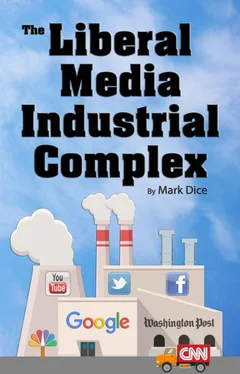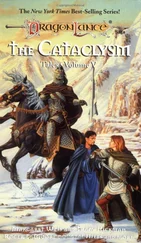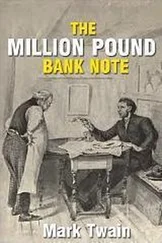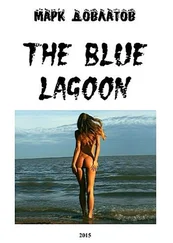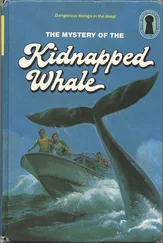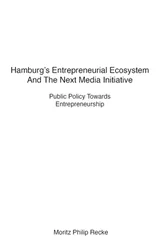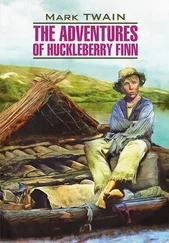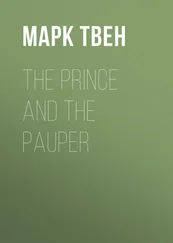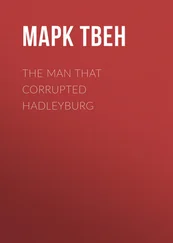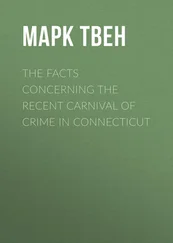For the better part of a decade after YouTube was launched, it was largely seen as just a website for user generated entertainment. It was the place for people to upload funny cat videos and show themselves doing stupid “Internet challenges,” but a small group of people (myself included) knew from YouTube’s beginning that it was a powerful tool that could be used to share news and analysis about current events and other important issues that weren’t being properly addressed by mainstream outlets. It was like having our own public access cable channel where we could do anything we wanted with the potential to reach an audience of millions, and for some of us, that started happening on a regular basis.
For over a year after the 2016 election, the mainstream media’s war on “fake news” (in reality a war on independent news and ordinary people using social media to get out their message) focused almost exclusively on Facebook and Twitter since the news giants saw them as being responsible for completely losing their power to control the national narrative surrounding major issues and events.
The mainstream media could no longer prevent certain information from becoming widely known and millions of people were spending their time scrolling through Facebook, and Twitter, and watching YouTube videos instead of engaging with the traditional news outlets that had dominated the industry for decades since their creation.
But Donald Trump beating Hillary Clinton was a wakeup call for the Liberal Media Industrial Complex , so they launched a bold new effort under the disguise of fighting “fake news” to completely reshape social media. While they first focused on Facebook and Twitter, eventually they stumbled upon a huge secret that was right in front of their nose for years. People like me were creating YouTube videos on a regular basis covering news and politics and we were getting enormous audiences rivaling or beating cable news. In the run-up to the 2016 election my YouTube channel was averaging around 700,000 viewers a day, about half of what CNN’s primetime shows like Anderson Cooper and Don Lemon get on their best nights. 738
But now the Establishment discovered the “fake news” problem was flourishing on YouTube, they said, and it had to be stopped by changing the algorithm to artificially favor mainstream media channels over videos posted by ordinary YouTubers. In October of 2017, sociologist and technology critic Zeynep Tufekci said, “YouTube is the most overlooked story of 2016,” after realizing there was much more to YouTube than cat videos and pranksters. 739Traditional media outlets discovered the world of underground news and they were shocked at just how popular we were.
Slate pointed out that Twitter and Facebook had been receiving the brunt of criticism about spreading “fake news” but, “Now a series of controversies is forcing YouTube to address its responsibilities more directly and candidly than it has in the past.” 740
Soon YouTube would completely change the way the website had functioned for the previous ten years, and turned it from what was meant to be a place where anyone with an important message could post videos and build an audience, to mostly just another mainstream media site filled with brand name news channels and videos of familiar celebrities.
By mid-2018, as Wired magazine points out, YouTube was “ditching vloggers” in favor of Hollywood celebrities. “YouTube used to be all about young digital influencers who managed to threaten TV with their video blogs. Not anymore. It seems that YouTube is opting for traditional celebrities instead.” 741
Another blogger noticed the changes and ran with the headline, “YouTube is turning away from its creators to become a new MTV,” and noted, “YouTube can’t promise brand safety with volatile creators on the platform — advertisers don’t want to be caught in a firestorm. The only move is to pivot, and YouTube is ready. Hollywood names like Will Smith and Demi Lovato are safe bets. Same with music videos already vetted by major record labels.” 742
YouTube, which for over a decade was a place for independent content creators to upload their videos, even began producing shows themselves. 743For the better part of ten years since its launch in 2006, Hollywood studios and mainstream celebrities didn’t pay much attention to YouTube. They either were afraid of it because it threatened their monopoly on content distribution, or they were too blind to see how the new technology was revolutionizing media and helping to create new kinds of stars.
Right-Wing Channels Dominating
In March of 2018 Vanity Fair warned that right-wing “Dark-Web Trolls” were “taking over YouTube” because so many anti-social justice warrior channels were getting popular. 744The New York Times then said YouTube was “radicalizing” people to the right, and claimed that if people started watching videos of Donald Trump speeches then YouTube will begin recommending videos of “white supremacist rants” and “Holocaust denials.” 745
The article declared that, “Given its billion or so users, YouTube may be one of the most powerful radicalizing instruments of the 21st century,” and that, “Its algorithm seems to have concluded that people are drawn to content that is more extreme than what they started with — or to incendiary content in general.” 746
The New York Times had previously complained that, “For the New Far Right, YouTube Has Become the New Talk Radio,” saying, “They deplore ‘social justice warriors,’ whom they credit with ruining popular culture, conspiring against the populace and helping to undermine ‘the West.’ They are fixated on the subjects of immigration, Islam and political correctness. They seem at times more animated by President Trump’s opponents than by the man himself, with whom they share many priorities, if not a style.” 747The Left became determined to paint the Right’s rising stars as radicals, Islamophobes, and far-right extremists hoping to derail the spread of our videos.
One Leftist blog called “Right Wing Watch” founded by Jared Holt declared that, “White Supremacy Figured Out How To Become YouTube Famous,” and whined that, “YouTube has served as an alternative media ecosystem apart from the mainstream where any person can contribute to national conversation and reach thousands of people overnight. But the Right’s overt domination of the platform, in addition to political forums on Reddit and 4chan, has created an environment where white nationalists and right-wing extremists can easily inject hateful rhetoric and conspiracy theories into national political discourse.” 748
When BuzzFeed or CNN reported “breaking news” about the Trump administration or when something started trending on Twitter, us YouTubers could quickly publish videos giving another perspective and point out things the mainstream media was ignoring or lying about. Our subscribers would see the videos, but perhaps more importantly, people searching for information on YouTube about those issues could find our videos, and if they were popular with favorable ratings, those videos would be discovered by people seeking out information on the subject matter. But all that has changed.
“Authoritative Channels” Boosted to the Top
For over a decade the top search results on YouTube were the most popular videos associated with the search terms you entered in, regardless of whether the videos were posted by someone who had just opened a YouTube account, a full time YouTuber, or a mainstream media outlet. The algorithm that was originally in place worked very well, because instead of showing the most-viewed videos (which could have generated a large number of views by using misleading titles and thumbnails) YouTube surfaced videos with the most “watch time” up at the top.
Читать дальше
